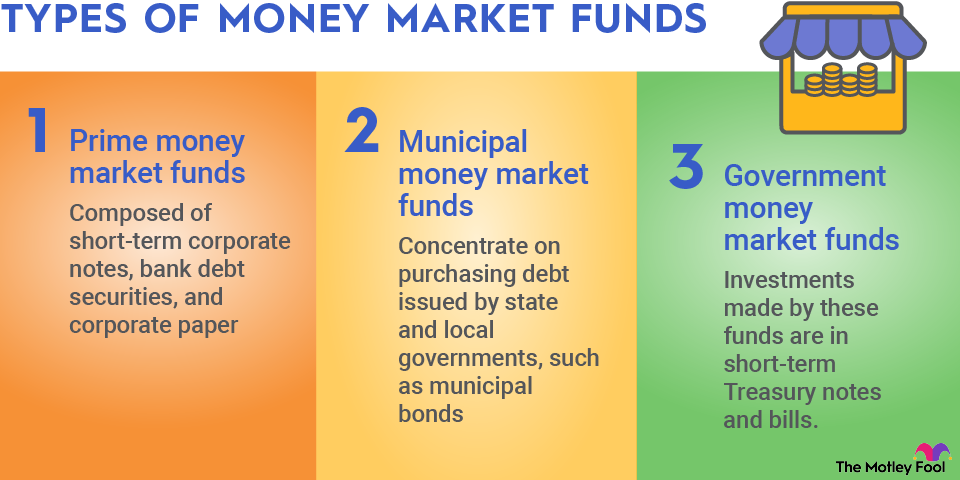There are thousands of micro-cap stocks on the market. It is the most common type of public stock, size-wise -- but these small businesses are not always the best investments. Let me tell you exactly what a micro-cap stock is and how informed investors should look at this category.

What is a micro-cap stock?
A micro-cap stock is like the small fish in the big pond of the stock market. By definition, these companies have a market capitalization -- total market value, as in the price per share multiplied by the number of shares -- of $300 million or less.
It should be noted that the boundary may vary a bit. Some people set the micro-cap limit at $250 million or even $200 million, and you could subdivide this space even further. For example, a so-called nano-cap stock comes with a market value no larger than $50 million. The whole section also overlaps with small-cap stocks, whose market caps generally stand between $200 million and $2 billion, although some investors lump anything less than $2 billion into this group.
Some people also conflate micro-caps with penny stocks. This makes sense because both classifications point to low values, but they are not strictly the same thing. For example, shares of telecom equipment giant Nokia (NOK +0.65%) have been stuck with single-digit prices since 2011, but its market cap has always been quite large. Sometimes, Nokia meets the definition of penny stocks without coming near the category of micro-caps.
You may run into the opposite situation, too. It's not unusual to see small-cap and micro-cap stocks with stock prices around $100 per share. Remember, companies can manipulate their stock price by performing stock splits or reverse splits, but the market value is based on investors' analysis of the underlying business.
So, a penny stock is not always a micro-cap, and vice versa. They just seem similar at a glance.
So, what's the big deal?
Micro-cap stocks can provide thrilling highs but also stomach-churning lows. Small-caps and micro-caps are often considered riskier than their larger counterparts, primarily because they tend to be newer, less established companies. Just getting started on their long-term journey, they might have fewer resources, less access to capital markets, and less-experienced management teams.


















